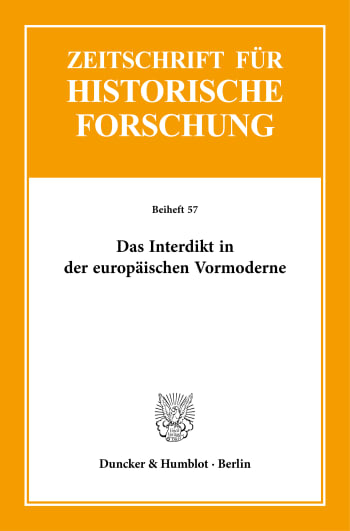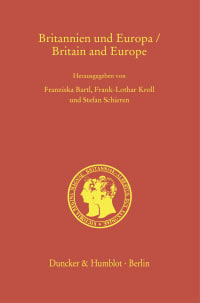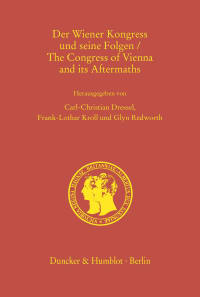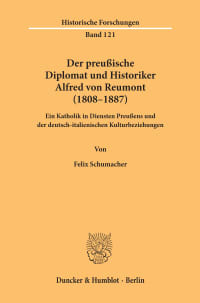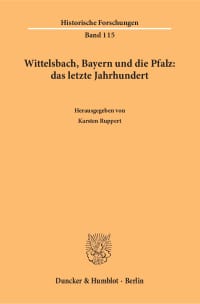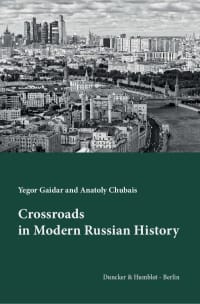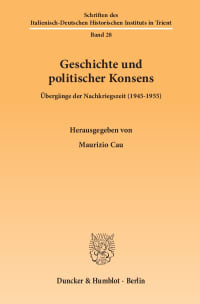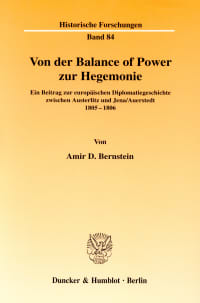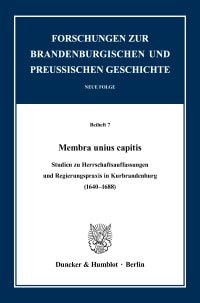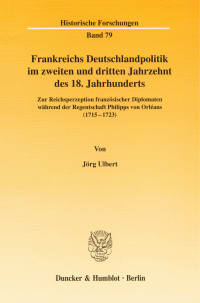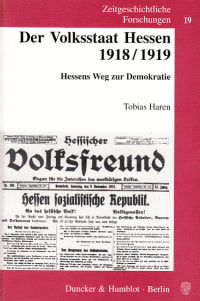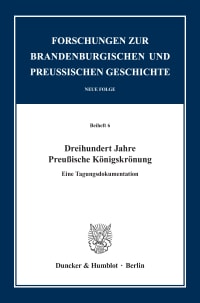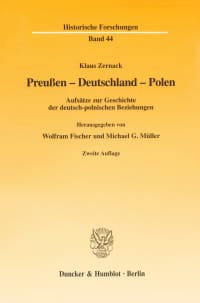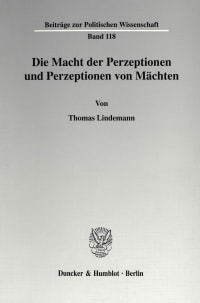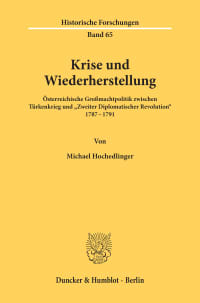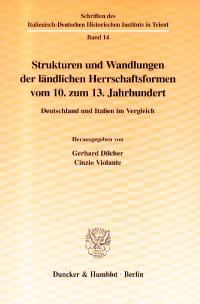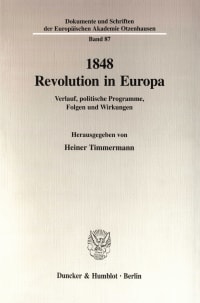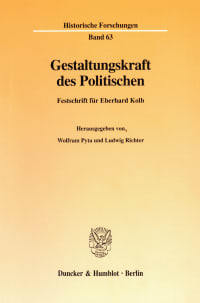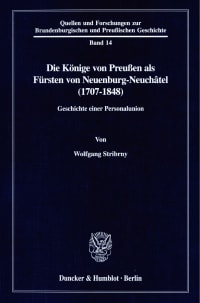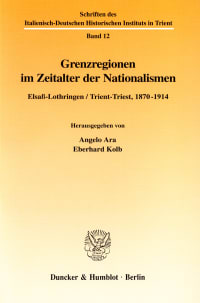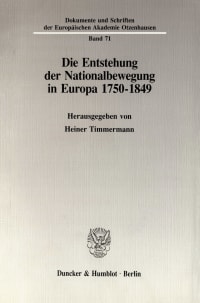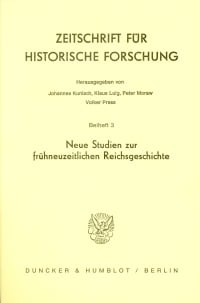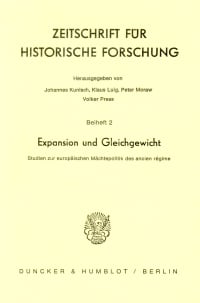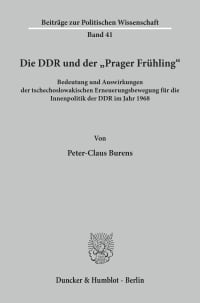Description
»The Interdict in Premodern Europe«
The local interdict in the sense of a temporary deprivation of pastoral care and sacramental rites within a specific territory (church, town, diocese, dominion) played, alongside excommunication, a crucial part within the arsenal of ecclesiastical sanctions. From the High Middle Ages to the 17th century, the interdict formed an integral part of how the practices of liturgy and piety were experienced in Latin Europe. Additionally, this widespread mode of ecclesiastic penal practice contained a particular potential for conflicts. Interdicts evoked an ominous test of loyalty and conscience within each and every believer which provoked desired (putting pressure upon authorities) and undesired scenarios of possible reaction (heresy, religious ›obstinacy‹).
This volume extrapolates the analytic potential of the interdict as a specifically pre-modern cross-sectional phenomenon in the scope of a trans-European comparison, uncovering even-handedly ecclesiastical, legal and socio-historical perspectives.
Overview
Tobias Daniels, Christian Jaser und Thomas Woelki: Einleitung: Das Interdikt in der europäischen Vormoderne zwischen Kirchenrecht, sozialer Alltagspraxis und publizistischer Polemik
I. Das Interdikt als Forschungsproblem
Peter D. Clarke: The Interdict in Past and Current Historiography: Perspectives and Preoccupations
Johannes Helmrath: Das Interdikt im späteren Mittelalter
II. Das Interdikt als kanonistisches Problem
Kerstin Hitzbleck: Facta relaxatione interdicti, deridebant presbyteros celebrantes. Das Interdikt im Spätmittelalter als Katalysator individueller Gewissensentscheidungen
Romedio Schmitz-Esser: O quam horrificum? Der Diskurs um die Bestattung und das Interdikt vor Innozenz III.
Katharina Ulrike Mersch: Das Interdikt kritisieren und umgehen – legitime und illegitime Maßnahmen geistlicher Gemeinschaften vornehmlich im ausgehenden 12. Jahrhundert
Bernardo Pieri: ›Sacrilegious Was the Thief‹ or A Nonenforceable Interdict Because of an Arrest Inside a Church (Paolo da Castro in the Last of his Consilia)
Thomas Woelki: Cusanus und das Interdikt. Norm und Praxis
Giovanni Chiodi: L’interdetto al crocevia della modernità: il commento di Diego de Covarrubias al c. ›Alma mater‹
III. Städtische Interdikte zwischen Observanz und Widerstand
Frederik Keygnaert: The Urban Interdict in the Church Province of Reims (c. 1090 – c. 1140): Causes and Consequences
Christian Jaser: Unheiliges Köln? Interdikte über die Stadt Köln und ihre Bewältigung im Kontext erzbischöflich-städtischer Auseinandersetzungen (1250-1350)
Luca Demontis: Civitatem interdicto ecclesiastico subiacere. Raimondo della Torre e l’arma dell’interdetto (1266-1299)
Vicente Pons Alós: La ciudad bajo interdicto. Conflictos entre Iglesia y poder civil en la diócesis de Valencia (ss. XIV-XVI)
Uwe Israel: Altera Roma? Die Folgen von Exkommunikation und Interdikt im mittelalterlichen Venedig
IV. Das Interdikt als publizistischer Streitfall
Carlos de Ayala Martínez: El Interdictum ecclesiástico en los reinos de León y Castilla hasta el IV Concilio de Letrán
Martin Kaufhold: Der publizistische Kampf um das Interdikt gegen Ludwig den Bayern (1324-1347)
Tobias Daniels: Florenz und das Interdikt 1478-1480
Massimo Rospocher: Die Medialisierung des Interdikts
Jaska Kainulainen: Paolo Sarpo and the Interdict of Venice, 1606-1607
